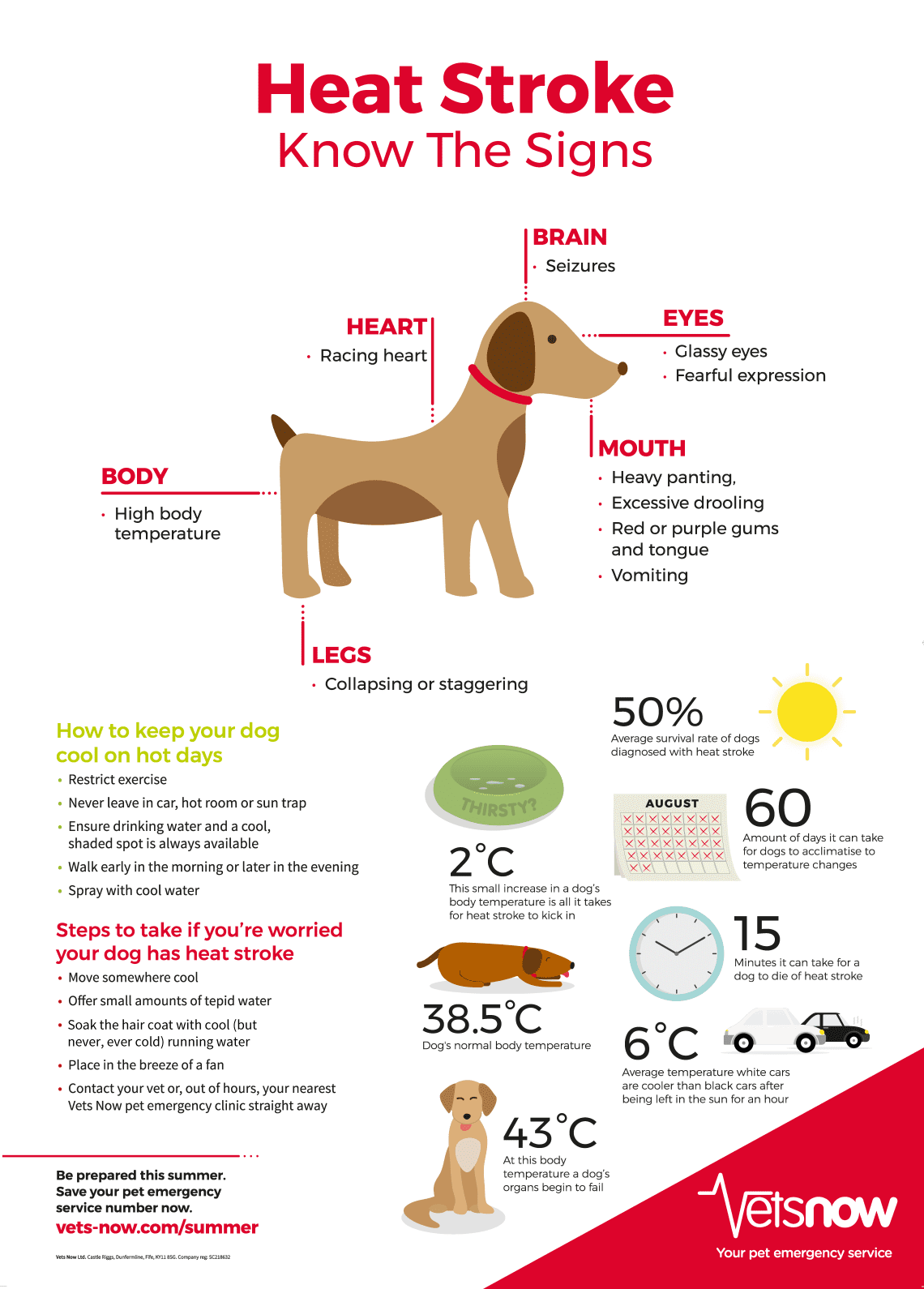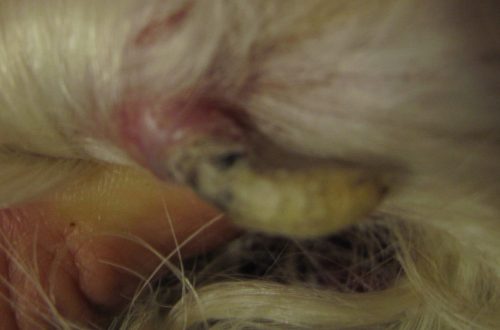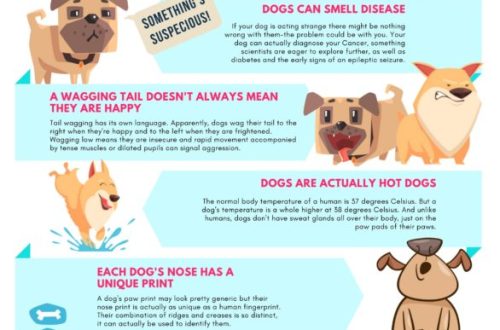
Ny faharerahana amin'ny hafanana sy ny hafanana amin'ny alika
Overheating a dog is a serious problem. When the temperature rises outside, it must be taken into account that the heat has a negative effect on dogs. Heat exhaustion in a puppy can lead to serious problems such as heat stroke and cardiac arrest. In order to keep your pet safe during the hot summer, we will tell you about the signs of overheating and precautions. A little tip: water is a true miracle, it will help both water and cool your pet.
Hevitra ato Anatiny
Heat exhaustion and heat stroke
Unlike humans, dogs do not sweat all over their body. After all, dogs have only a few sweat glands located on their paws, and they do not play a special role in the body’s thermoregulation. Therefore, dogs breathe rapidly with their mouth open and their tongue hanging out to cool off, which is described in veterinary medicine as polypnea – rapid breathing. However, sometimes rapid breathing is not enough to prevent overheating.
Heat exhaustion occurs when an animal’s body temperature rises significantly above normal. According to PetMD.com, in veterinary medicine, if a dog’s body temperature does not rise above 39,4 C, then this is normal. If the body temperature rises and reaches 41,1 ° C and above, then there is a high probability of getting a heat stroke, since the dog’s internal organs are disrupted and there is a risk of cardiac arrest.
Famantarana manelingelina
Fortunately, signs of overheating in a dog can be easily identified. Too fast breathing is the first sign. According to the American Kennel Club’s Canine Health Foundation, a dog with heat stroke will pass out with convulsions, may vomit or have diarrhea, and may change the color of their gums or tongue to blue or bright red. Most likely, you would like to identify the problem before the animal’s condition worsens and take measures to prevent the pet from becoming seriously overheated. Early signs of heat exhaustion are more subtle. For example, slow reaction to commands compared to the normal state. When you call your dog by name, instead of turning around to look at you, he may just walk away. If you have any doubts, take your dog to a dark and cool place. In addition to the symptoms of heatstroke described by the Humane Society of the United States, there are other signs of overheating, such as blurry vision, increased salivation, rapid heart rate, disorientation or loss of coordination, fever, lethargy, and loss of consciousness.
Risk Factors
All dogs are at risk of overheating under certain conditions, but some are in the danger zone. This applies to dogs with thick or long hair, young and old, as well as brachycephalic breeds with a short nose and flat muzzle, such as Shih Tzu, pugs, boxers and bulldogs. Dogs that are overweight and have a variety of medical conditions such as breathing difficulties or heart problems are particularly prone to overheating.
Extremely active dogs, sledding or hunting dogs (sheepdogs, retrievers and spaniels) are also at increased risk, especially during the hot months. Be careful not to force the dog to move a lot during this time. Make sure the animal takes enough breaks to rest in the shade and also gets plenty of water.
Environmental factors can also pose a risk to a dog’s health. It is necessary to take into account not only high temperature, but also humidity, as this factor increases the risk of heat exhaustion in a dog. All dogs are at increased risk of overheating if the animal is not resting in the shade or at home in a cool place. Dogs that are in a hot car are also at risk of heat exhaustion and heat stroke.
What to do if your dog overheats
At the first signs of overheating of the animal, measures must be taken immediately to cool it down. Vetstreet makes the following recommendations for preventing heat exhaustion:
- Immediately take your dog to a cool place, in an air-conditioned closed area or in the shade under a fan.
- Use a rectal thermometer to measure the animal’s body temperature. Heat exhaustion typically occurs when a dog’s body temperature is between 39,4-41,1°C. Body temperature above 41,1°C is life-threatening. If your pet’s health is at risk, contact your veterinarian immediately.
- If there is a water source nearby, a river, or a children’s pool, let the dog take a dip to cool off. Or use cool and wet towels or cloths to keep the animal cool. Place cool and wet pieces of cloth around the neck, under the armpit and between the hind legs, gently wet the ears and paw pads with cool water.
- If the dog is conscious and thirsty, offer him fresh, cool water. Do not pour water into the mouth, otherwise it may enter the lungs. If your dog is unable or unwilling to drink, or cannot hold water in his mouth, wet his tongue with water. It is not necessary to give the dog ice, as this can lead to a sharp decrease in body temperature and, as a result, to shock for the animal’s body.
- Take your pet to the veterinary clinic. If you haven’t already done so, call your veterinarian ahead of time so they’ll be ready when you arrive.
Fisorohana ny hafanana amin'ny alika
Of course, the best medicine is prevention. You can prevent your four-legged friend from overheating by taking basic safety precautions. They include the following: Limit exercise or outdoor activities in hot and humid conditions, provide shade and plenty of water when your dog is playing outside, and under no circumstances leave your pet in a closed car, even if it is parked in the shade with the windows open. On a warm day with air temperatures around 21°C, the temperature inside a parked car can rise to almost 50°C in a matter of minutes, making it dangerous for your dog to stay in the car even for a short time.
If your dog is extremely active and needs exercise to release excess energy, let him swim or run and play with the sprinkler before he goes inside the house or building. You can also use cooling materials or a vest to keep your pet cool without wetting the pet’s fur. If your dog has a long or thick coat, consider grooming your dog during the hot season. Leave enough hair to protect your pet’s skin from the sun.
Along with this, if you take your dog for a long walk, it is better to choose a cooler time of day for this, for example, in the early morning or late evening (be aware that heated sidewalks and roadways can burn the paw pads of the animal). Don’t forget to bring a bottle of water with you to give your pet a drink during the break. If you go out for a run with your dog, make sure that the duration of the exercise is optimal. Just as you need to drink more water while running in high temperatures, your dog needs it, and even more so.
If you go hunting or hiking with your pet, or if your dog must guard sheep or cattle, give him a few breaks to rest in the shade and provide him with enough water. Get your pet wet or use a cooling vest during activity, and keep a close eye on your pet for the first signs of overheating. Remember that sled dogs are more focused on the task at hand and can’t tell when it’s time to rest and cool off. Your task is to monitor the pet and provide a break for the animal’s healthy lifestyle.
Finally, remember to have a backup plan for keeping your dog cool in case there is a power outage or air conditioner failure. Just as uncomfortable for you, the dog is even more uncomfortable in such conditions, since the animal’s body temperature is a priori higher than the human body temperature. If you feel like moving to a cooler place, be sure to take your dog with you. Or leave the dog in the kennel until the animal’s body cools down so that you can enter a cooler house without consequences.
By learning about the symptoms of overheating, precautions and what to do if your pet has heatstroke, you and your four-legged furry friend are ready for a safe, fun and happy summer season..





